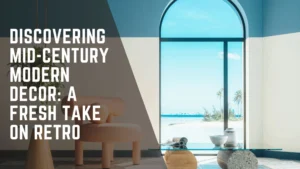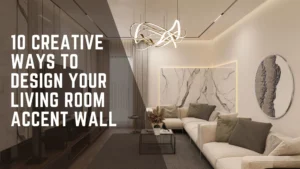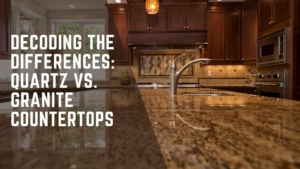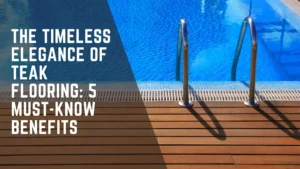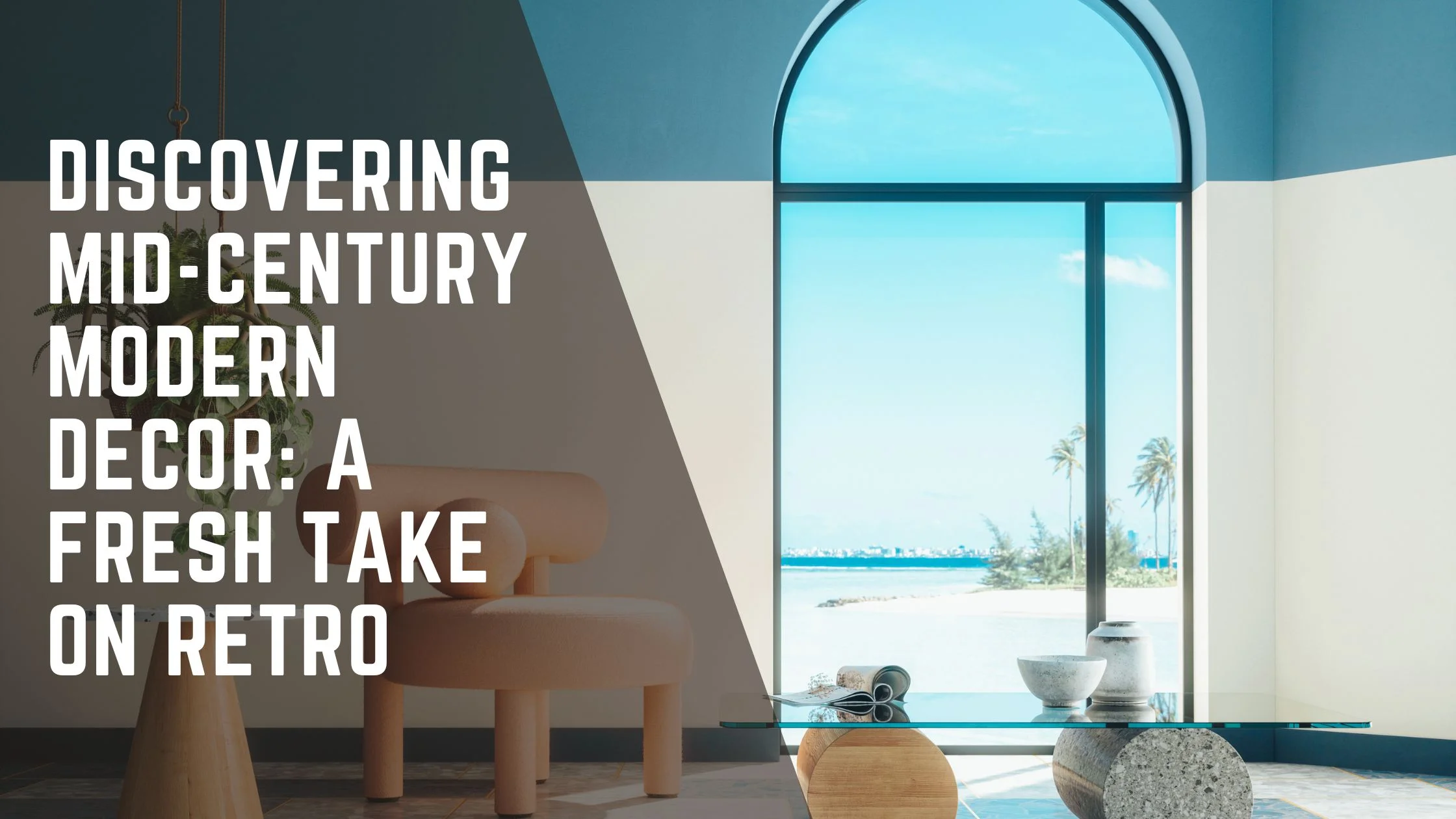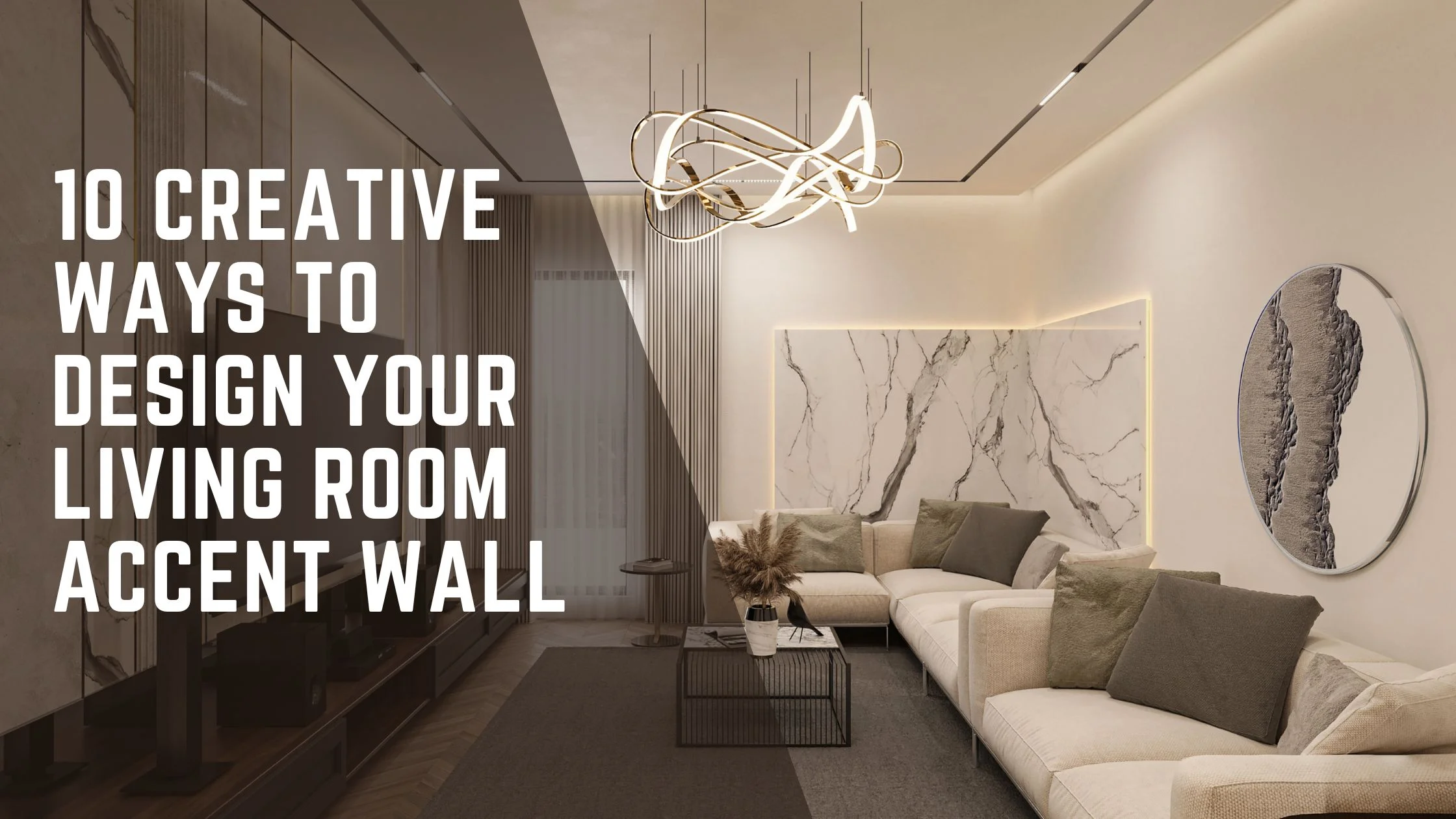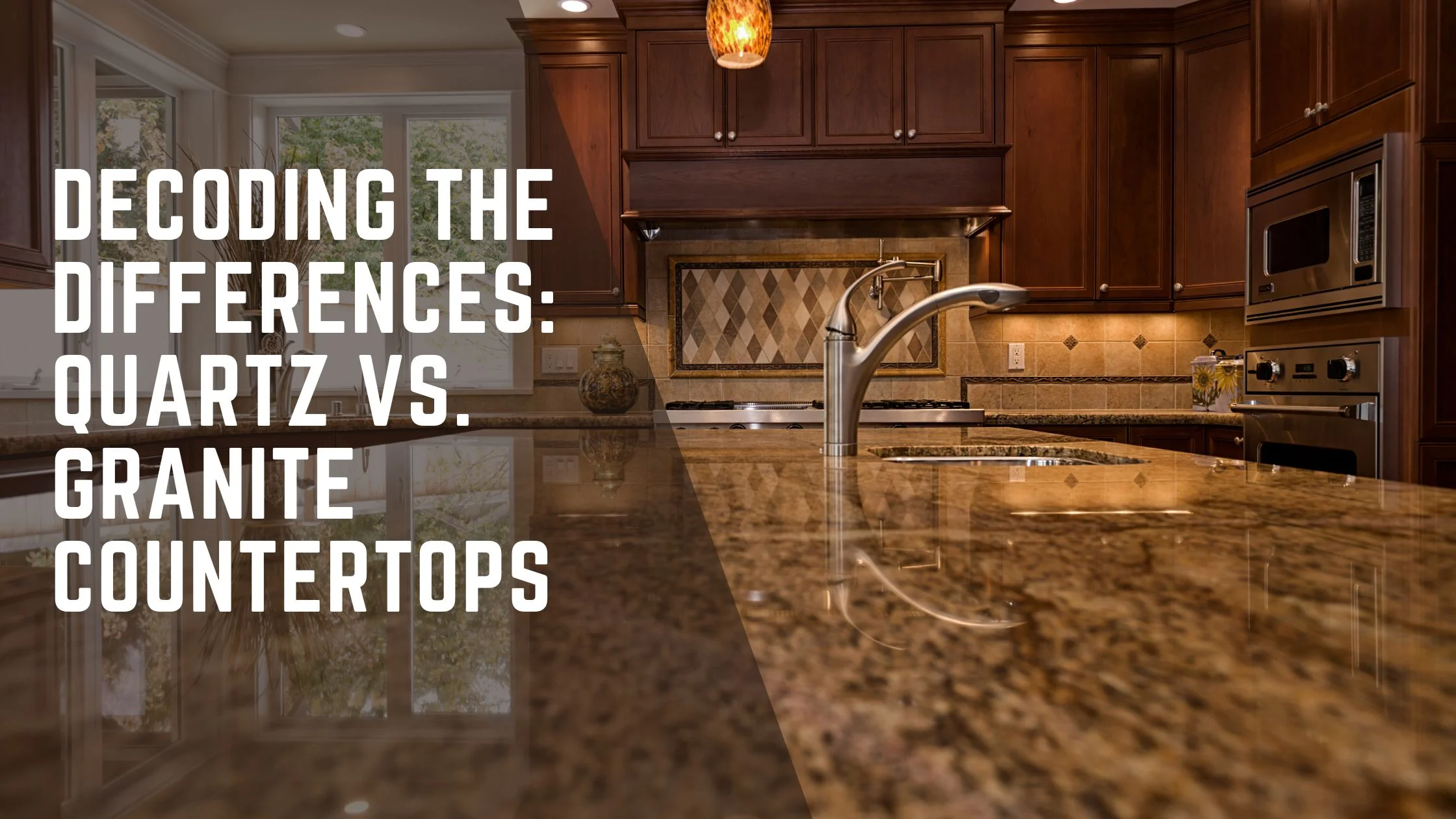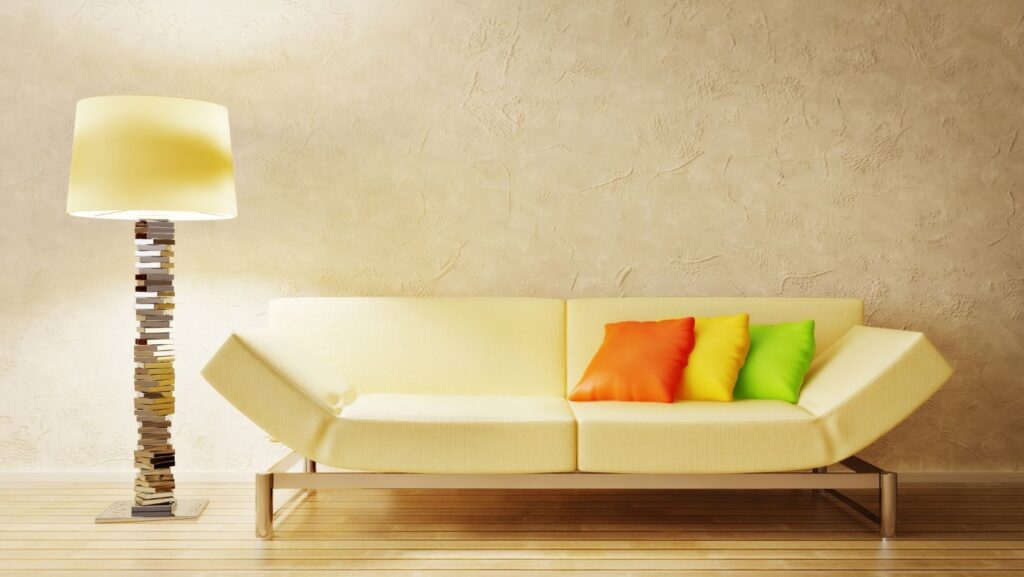
Like it or not, contemporary interior design is here to stay. Despite the countless articles and homeowner horror stories denouncing the trend, more and more people want their homes to look like those featured in glossy magazines and on Pinterest boards. If you’re one of them, or if you’re just curious about what all the fuss is about, this post is for you. We’ll explore some of the defining features of contemporary interior design and give you tips on how to get the look in your own home. So whether you’re a fan or a foe, read on — knowledge is power!
Table of Contents
What is Contemporary in Interior Design and What are its Key Features?
Contemporary interior design can be difficult to define because it is constantly evolving to reflect the latest trends in fashion and technology. However, there are a few key elements that are often seen in this design trend. These include clean lines, minimal decoration, and a focus on functionality.
Contemporary design is often seen as being sleek and modern, and it often makes use of industrial materials such as steel and concrete. In recent years, contemporary design has also been influenced by sustainable principles, with an emphasis on using recycled materials as reclaimed lumber and energy-efficient lighting.
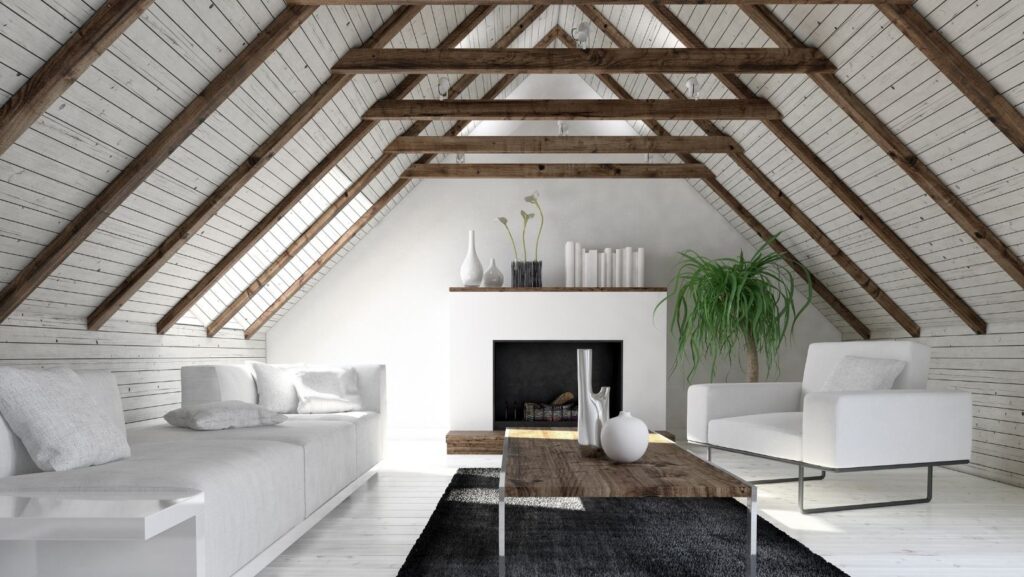
As this design concept continues to evolve, it will likely become even more eclectic and diverse, reflecting the ever-changing tastes of the people who live in contemporary homes.
What is the Difference Between Modern and Contemporary Interior Design?
Modern and contemporary interior design are often used interchangeably, but there are some key differences between the two styles. Modern design is a specific style that relates to a time that has already passed. It emerged in the early 20th century, specifically in the mid-century modern era of the 1950s and 1960s which was the most popular modern design era (1). For instance modern design often sticks to hues like rust, turquoise, brown, and olive green and other earthy elements.
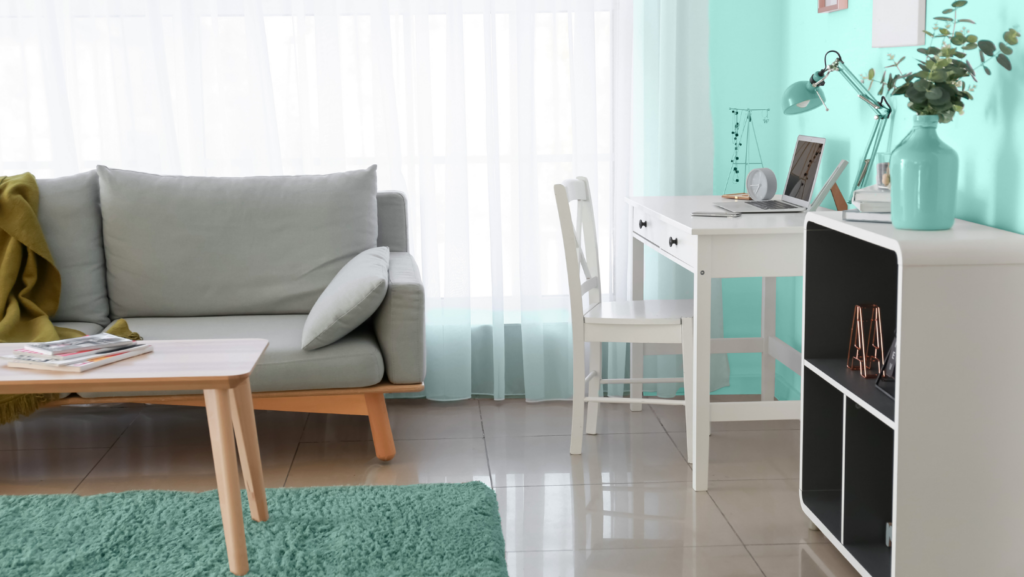
Contemporary design, on the other hand, is an ever-evolving style that takes its cues from current trends. As a result, contemporary homes often have a more updated look than their modern counterparts. Black, white, and gray are the most common colors used in contemporary design. And if they are added, colors like genuine red, indigo, or orange are also commonly used. Glass and metals are two of the most common materials used in contemporary design as well.
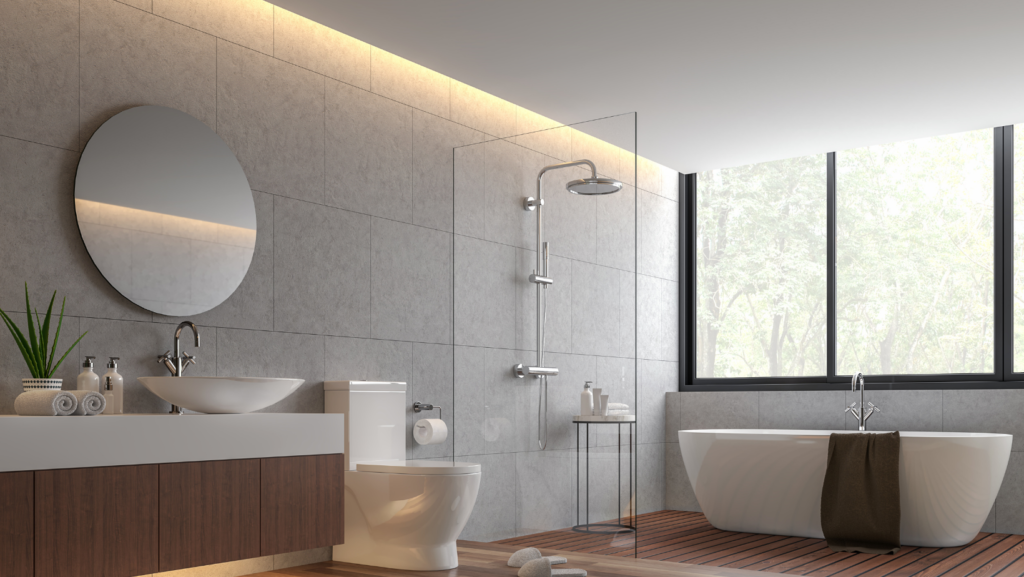
Despite their differences between modern and contemporary design, they are both minimalistic, clean and focus on an open-space vibe. Ultimately, the best way to decide between these two styles is to choose the one that best suits your own personal taste.
How To Create a Contemporary Interior Scheme for Your Home?
Contemporary style is more than just a trendy look- it’s a state of mind. It is all about creating a space that is both stylish and functional. To achieve this look, start with a clean and simple foundation, then layer in carefully curated furnishings and accessories.
When it comes to contemporary style, less is definitely more. Stick to a neutral color palette and choose pieces that have clean lines and details. Then, add in a few pops of color or pattern to give the space some personality.
And last but not least, don’t forget the lighting! Good lighting is essential for any contemporary space. Whether you’re looking to update just one room or your entire home, following these tips will help you create a contemporary interior design scheme that you’ll love for years to come.
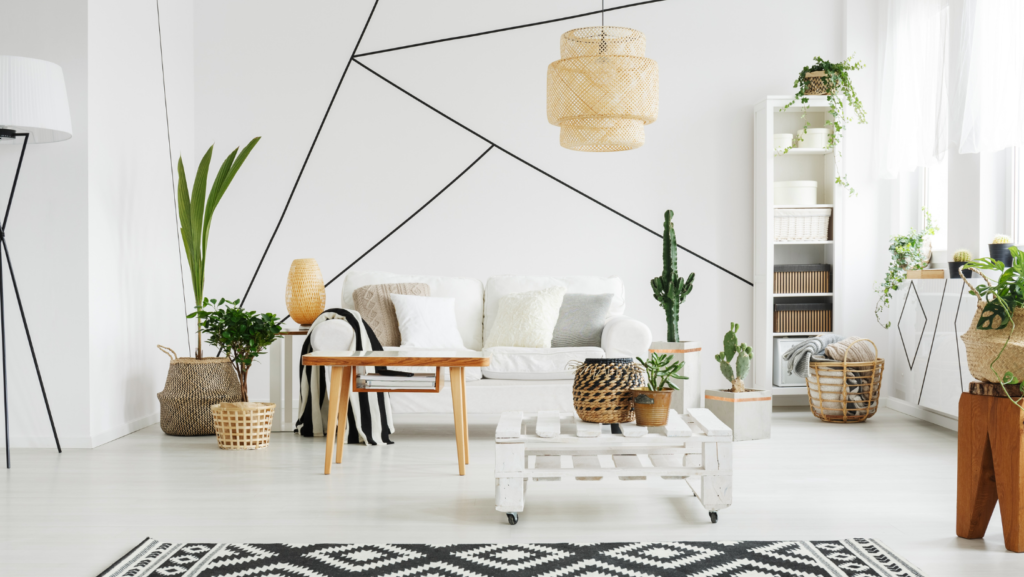
What Materials and Colors are Popular in Contemporary Interiors?
When it comes to contemporary style, there are no hard and fast rules. However, there are some materials and colors that are particularly popular in contemporary homes. For example, many contemporary living rooms feature sleek, minimalist furniture in neutral colors because they provide a sense of calm and serenity. Gray, white, and beige are all popular choices for walls, floors, and furniture. These colors can be accented with pops of brighter hues if desired.
Natural materials such as wood and stone are also popular in contemporary home decor. They are often used to create an airy and open feel, and they add warmth and texture to otherwise simple spaces.
Metals such as stainless steel and aluminum are also commonly used in contemporary interior design. They add a touch of sophistication and luxury and can be used in both big and small ways. For example, metal lamps or picture frames are a great way to incorporate metal into your home without going over the top.
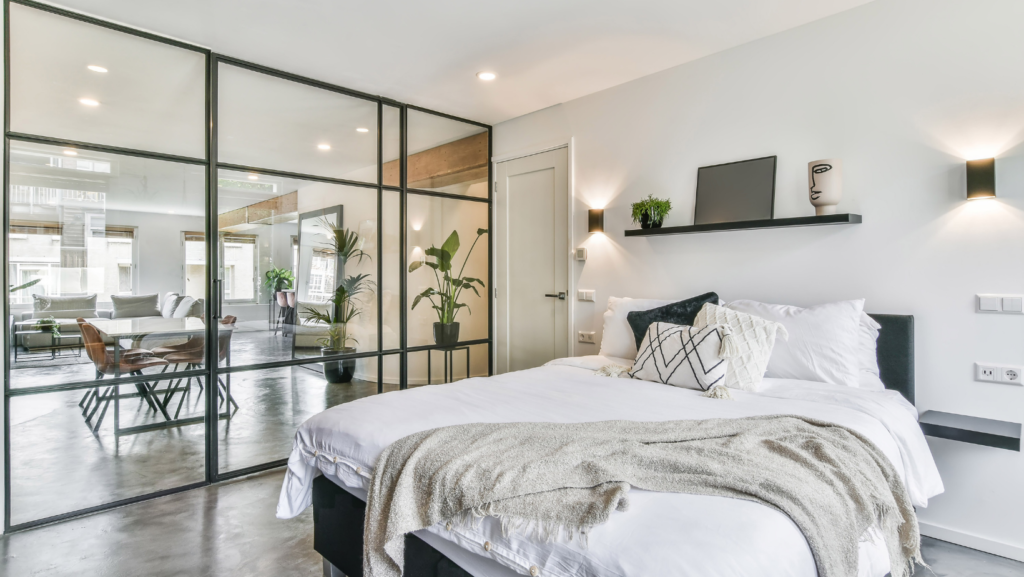
Glass is another popular material in contemporary design. It can be used for everything from windows to tables. Mirrors are often used in contemporary homes to create the illusion of more space.
In general, contemporary style is all about clean lines and understated elegance. So if you’re looking to give your home a contemporary makeover, keep these guidelines in mind. You can’t go wrong with a classic black and white color scheme, but don’t be afraid to experiment with different materials, textures, and colors to create your own unique look.
What Furniture and Accessories Should You Consider for a Contemporary Home?
When it comes to contemporary home decor, there are a few key pieces of furniture and accessories that you should consider. In a contemporary living room, for example, a sofa with clean lines, simple silhouette and a minimalistic design will serve as the focal point of the space. To complete the look of a contemporary home decor, add a jute area rug or a wool carpet for a more green touch!
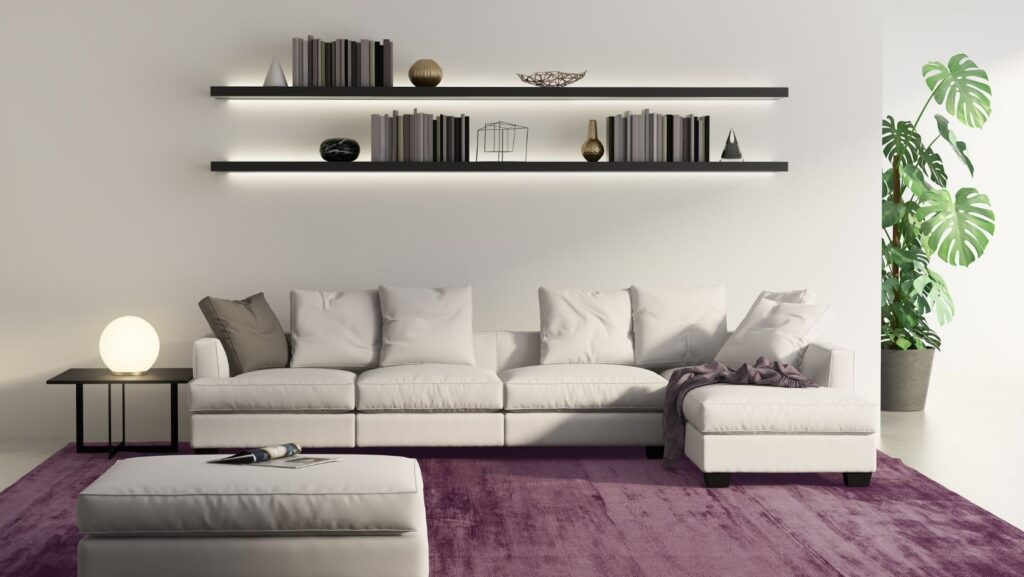
In the bedroom, a contemporary bed frame and nightstand will give the space a modern feel. And to finish things off, add some throw pillows and a bedspread or comforter in neutral colors.
As for accessories, contemporary vases and sculptures make great additions to any contemporary scheme. With these key pieces in mind, you can easily add a unique and contemporary style in your home.
How do you Decorate a Small Space Using Contemporary Design Principles?
There are a number of contemporary design principles that can be used to decorate a small space.
One of the most important things to remember is that less is more. This means avoiding clutter and not filling the space with too many objects. Instead, focus on a few key pieces that will make a statement.
A contemporary home decor trend is using light and airy colors, which can help to make a small space feel more spacious. To add interest and texture, use different textures and patterns. For example, mix and match different fabrics for your cushions and throws.
Finally, remember to incorporate plenty of storage into your contemporary small space design. This can be achieved with the clever use of shelving and cupboards. By following these contemporary design principles, you can easily create a stylish and inviting small space.
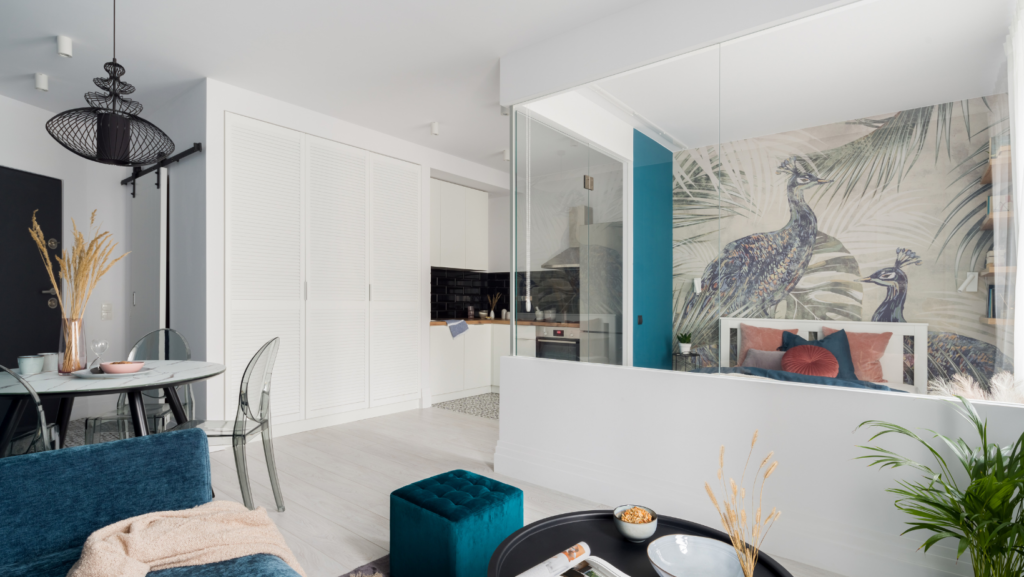
Why Do You Need To Bring The Outdoors Inside?
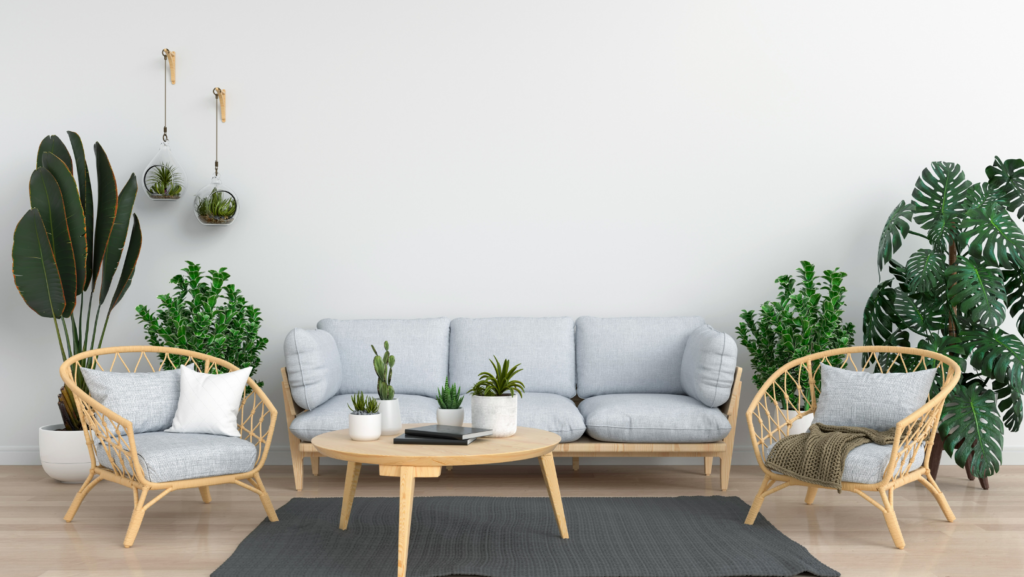
While there are many different design styles to choose from, contemporary interior design is often a safe and popular choice for many homeowners. If you’re looking for a modern look that will stand the test of time, be sure to consider these key features of contemporary style.
(1) BOWMAN, CYNTHIA . “Modern vs. Contemporary Design: What’s the Difference?” MYMOVE, www.mymove.com, 22 Jan. 2018, www.mymove.com/home-inspiration/decoration-design-ideas/modern-vs-contemporary-design-whats-difference/#:~:text=Modern%20design%20refers%20to%20an,can%20also%20be%20considered%20modern.

